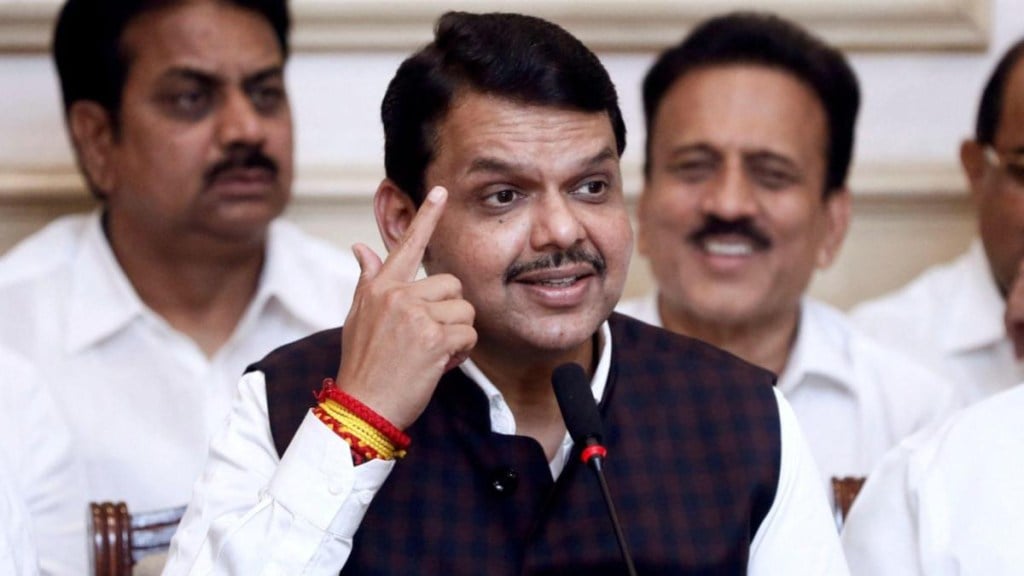Caste and reservation are back in the headlines. Articles 15 and 16 of the Constitution enabled ‘reservation’ for SC, ST and socially and educationally backward classes. Reservation for economically weaker sections (EWS) was added in 2019. As long as ‘reservation’ is the policy, it is logical that caste must be counted to have accurate data.
In the midst of a clamour for reservation, the goal of a casteless society is fading. BJP leader and Deputy Chief Minister of Maharashtra, Mr Fadnavis, was reported to have said, “I cannot change my caste”. The statement was made in the context of his unenviable position in the middle of the agitation for reservation for the Maratha community. Prima facie, the statement is unexceptionable.
They transcended caste
On a closer examination, I wondered why the caste of Mr Fadnavis became an issue. Without taking names, I maintain that the caste of some leaders is irrelevant to most Indians whereas the caste of some leaders is central to their politics and how people generally regarded them. I cannot recall anyone asking about the caste in which they were born of Mahatma Gandhi, Jawaharlal Nehru or Vallabhbhai Patel. I do not recall having read anywhere about the caste of Subhas Chandra Bose or Rajendra Prasad. They were respected as great human beings. No one — not even their political rivals — attempted to cage or crib them in a caste; that would have been blasphemous.
Unfortunately, in India, every one is born in a caste except those lucky ones who are offspring of inter-caste or inter-faith couples. I am glad that many educated young people, especially in the cities, no longer identify with any caste. It is also encouraging to know that though the couple may belong to the same caste, they allow their children to marry any one of his or her choice irrespective of caste. More inter-caste marriages are taking place than is the general perception. All these bode well for a truly secular — and that word is used here in a non-religious sense — and egalitarian society.
Absent structures
I am conscious that caste is deeply ingrained in the Indian psyche. One of the reasons why the caste structure has not weakened is because there are no alternative structures. We need to build common-to-all structures that will defend the rights of the people, come to their aid in times of distress, rejoice with them during their moments of happiness and assure them of ‘equality before the law and the equal protection of the laws’ (Article 14 of the Constitution). Look around us: are there any such structures? Absent such structures, the people, especially the poor and oppressed, seek refuge in a caste.
People-based and people-promoted organisations are few and far between in India. Gandhiji tried to build such organisations but after his death those organisations have weakened and faded away. The community organisations that he built have lost their vibrancy or their autonomy. Look at the challenges faced by Sabarmati Ashram in Ahmedabad, Gujarat.
Political parties are the biggest voluntary associations/bodies of the people.
Unfortunately, the people (members) bring their caste identities into the political parties. Many political leaders are obliged to be identified with the caste in which he or she was born. This is the dilemma of Mr Fadnavis. I am willing to believe that Mr Fadnavis is secular and does not identify with his caste. But caught in the middle of a raging controversy about reservation for Marathas, Mr Fadnavis has to extricate himself by pleading that “I cannot change my caste”.
Escape the cage
There are ways for an individual to escape the caste trap. A first step is to drop caste names and surnames. Another step is to not associate with caste-specific organisations. Social and political leaders can lead the way. Political parties should not identify national icons with caste: remember, they are icons because they worked for all the people and not for any particular caste group.
I concede that it is not possible to ‘change’ one’s caste. It is enough if one does not patronise or promote any caste. An average person can refuse to enter his/her caste in any form or document. The person can choose to live in a building that has residents belonging to different castes. The person can choose a spouse from another caste and encourage his/her child to choose a spouse from any caste. At the workplace, the person may be without ‘affection or ill will’ — no affection to persons of one’s own caste or ill will towards persons of another caste. We can also consciously avoid stereotyping people based on their caste.
These are simple steps. Some may think they are too simplistic and will not erase the tendency to identify with one’s caste. That may indeed be true, but we have to make a beginning somewhere.
Babasaheb Ambedkar prepared but did not deliver a lecture titled Annihilation of Caste, but none knew better than he that caste cannot be annihilated so easily or so soon. Caste may not be annihilated, but caste-identity and caste-affinity can be weakened by sustained effort. If common citizens and social and political leaders make a determined effort, the impact of caste on the social and political life of India can certainly be diminished. If this is an idealist view of life, I am happy to be an idealist.
